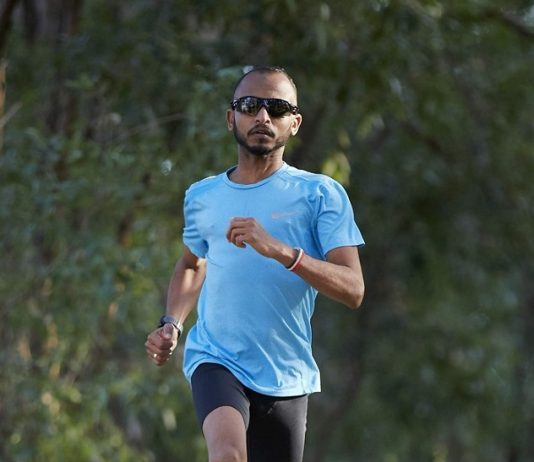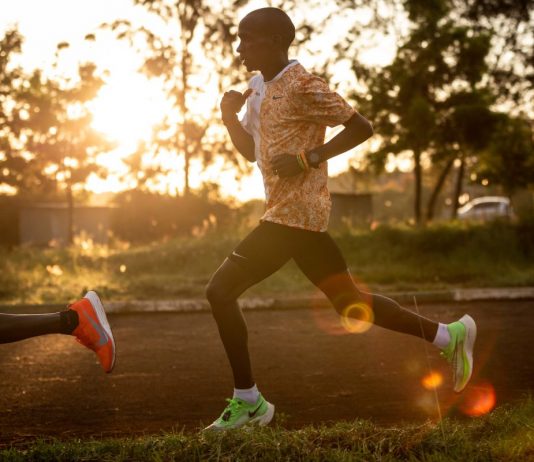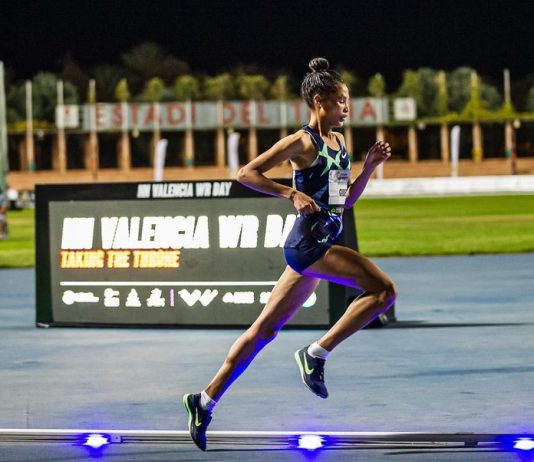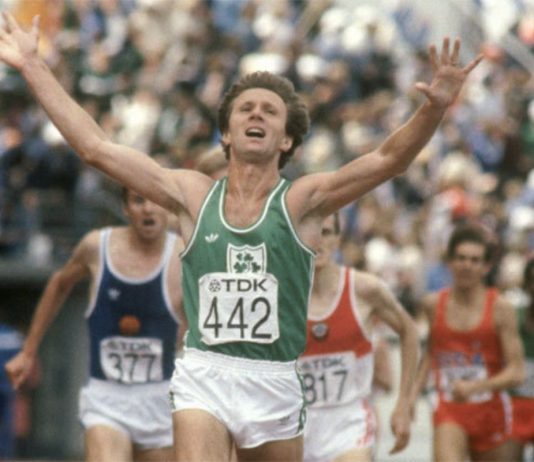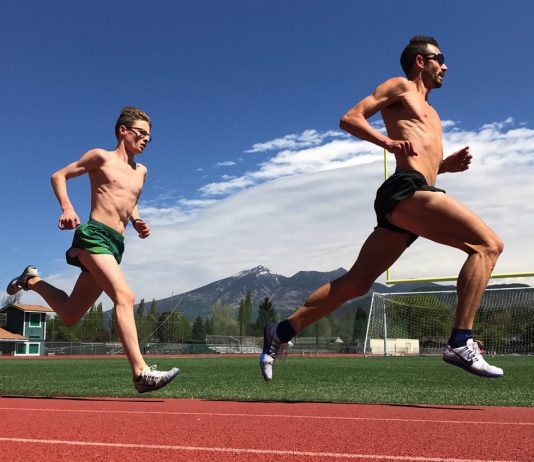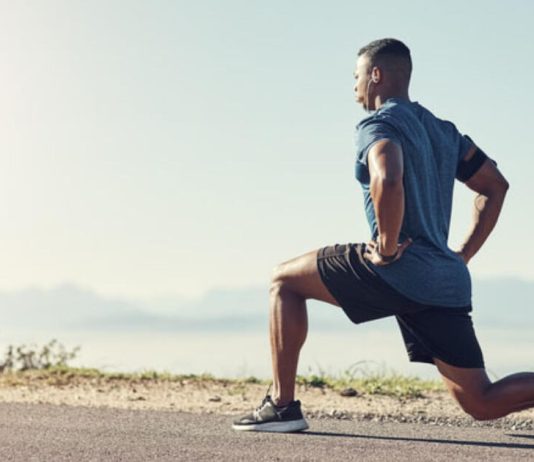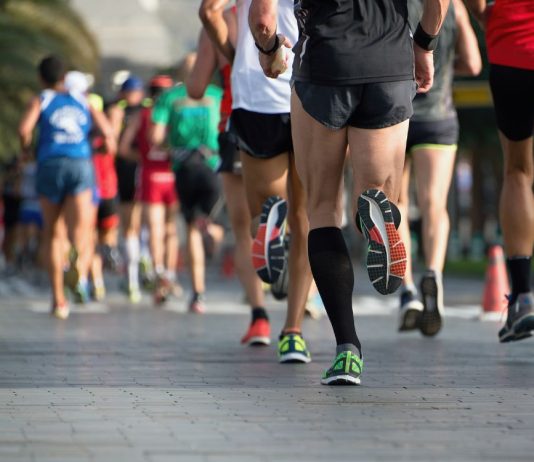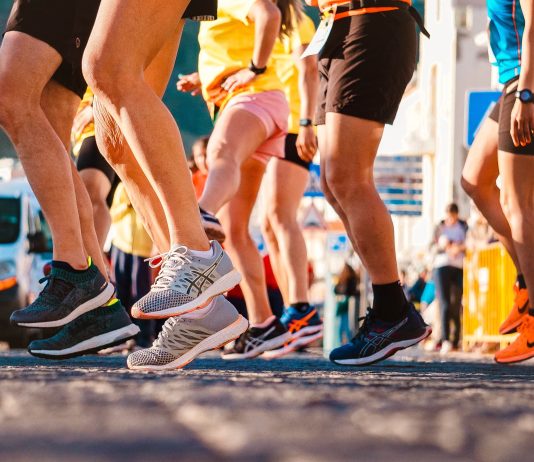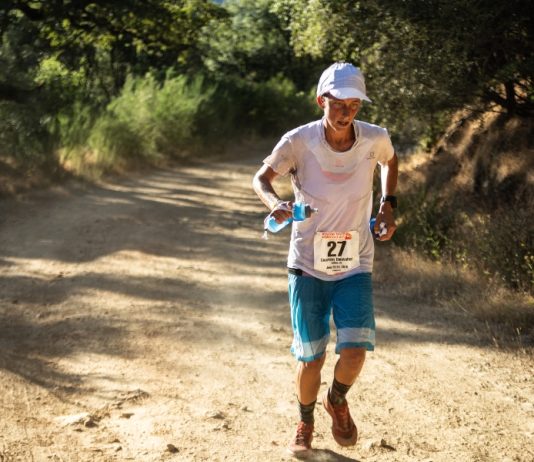I love running, and I hate shin splints. After years of dealing with injuries, I was determined not to let shin splints beat me. Here is how I conquered shin splints!
What Is the Difference Between Middle-Distance, Long Distance, and Ultra-Distance Fitness? | By Matt Fitzgerald
Runnerstribe Admin -
Matt Fitzgerald is an acclaimed endurance sports coach, nutritionist, and author. His many books include On Pace, The Endurance Diet, 80/20 Running, and How Bad Do You Want It?
In last week’s blog post I mentioned that two new studies related to the phenomenon of VO2max had been published recently, and I described one...
Matt Fitzgerald is an acclaimed endurance sports coach, nutritionist, and author. His many books include On Pace, The Endurance Diet, 80/20 Running, and How Bad Do You Want It?
On June 6, 2021, Sifan Hassan of The Netherlands smashed the women’s 10,000-meter world record in the Dutch town of Hengelo, besting Ethiopian Almaz Ayana’s...
Eamonn Coghlan’s 70th – A Look Back At The Career Of The ‘Chairman Of The Boards’ On The Irish Superstar’s Milestone Birthday
Runnerstribe Admin -
By Brett Davies
This week – on the 21st of November – Irish distance legend Eamonn Coghlan turned 70. In honour of the occasion, we take a look back at Coghlan’s rise to the top, then look at his greatest performances. We will then look at his career post-athletics and...
Matt Fitzgerald is an acclaimed endurance sports coach, nutritionist, and author. His many books include On Pace, The Endurance Diet, 80/20 Running, and How Bad Do You Want It?
Among the lesser-known figures in Greek mythology is Proteus, a water god whom Homer describes in The Odyssey as “the Old Man of the Sea.” His signature...
Are you a runner who has experienced sore quads and difficulty activating your glutes during long, flat runs? If so, you may be a victim of quad-dominant running. While this issue is fixable with the right changes to your form, there is some confusion when it comes to the advice given for weightlifting versus running.
New Study Finds Long-Distance Running Does Not Increase Risk of Knee and Hip Osteoarthritis
Runnerstribe Admin -
A new study challenges the widely-held belief that running can lead to hip or knee osteoarthritis, a condition that affects over 32 million Americans. Osteoarthritis is a degenerative disease that causes pain, stiffness, and disability as cartilage cushioning the bones wears down. Once it is damaged, cartilage cannot regenerate.
While training for a marathon, getting into trail running or tackling a first 5k, we often hear about the high injury rates and understand that there is a possibility of getting injured. We anticipate typical injuries such as a runner's knee or Achilles tendonitis, but what if our pain doesn't seem to fit any of the common categories? What if the sore spot and tender area don't match any running injuries we've heard about before? Peroneal tendinitis is one such condition, and although it's not as common as other types of tendon pain, it's still frustrating, especially when we can't pinpoint the exact source of the pain.
Ultrarunner Courtney Dauwalter has achieved success by adopting a simple approach to training, eschewing the use of fitness tracking devices and rigid training regimens. Dauwalter discovered her love for running at a young age, thanks to the Presidential Fitness Test in elementary school. She went on to join the cross-country team in high school, where she found that running had a social element that she loved.
As a busy person with training goals to achieve, you want to make every minute count. The key to achieving your goals lies in optimizing your training and avoiding injury and burnout. As a coach with experience training Olympians, national and world record holders, and national and NCAA champions, I can help you achieve success in your sport.


